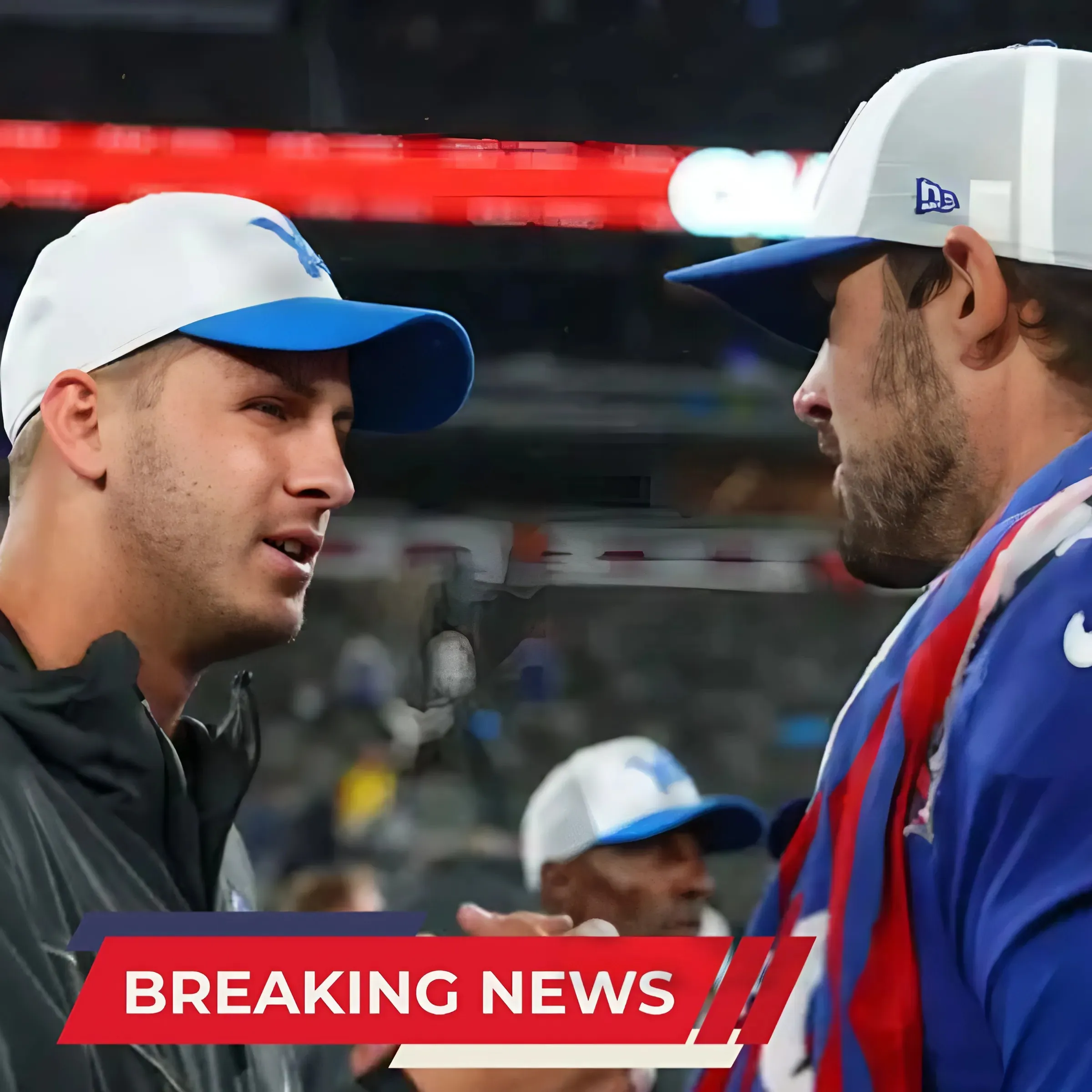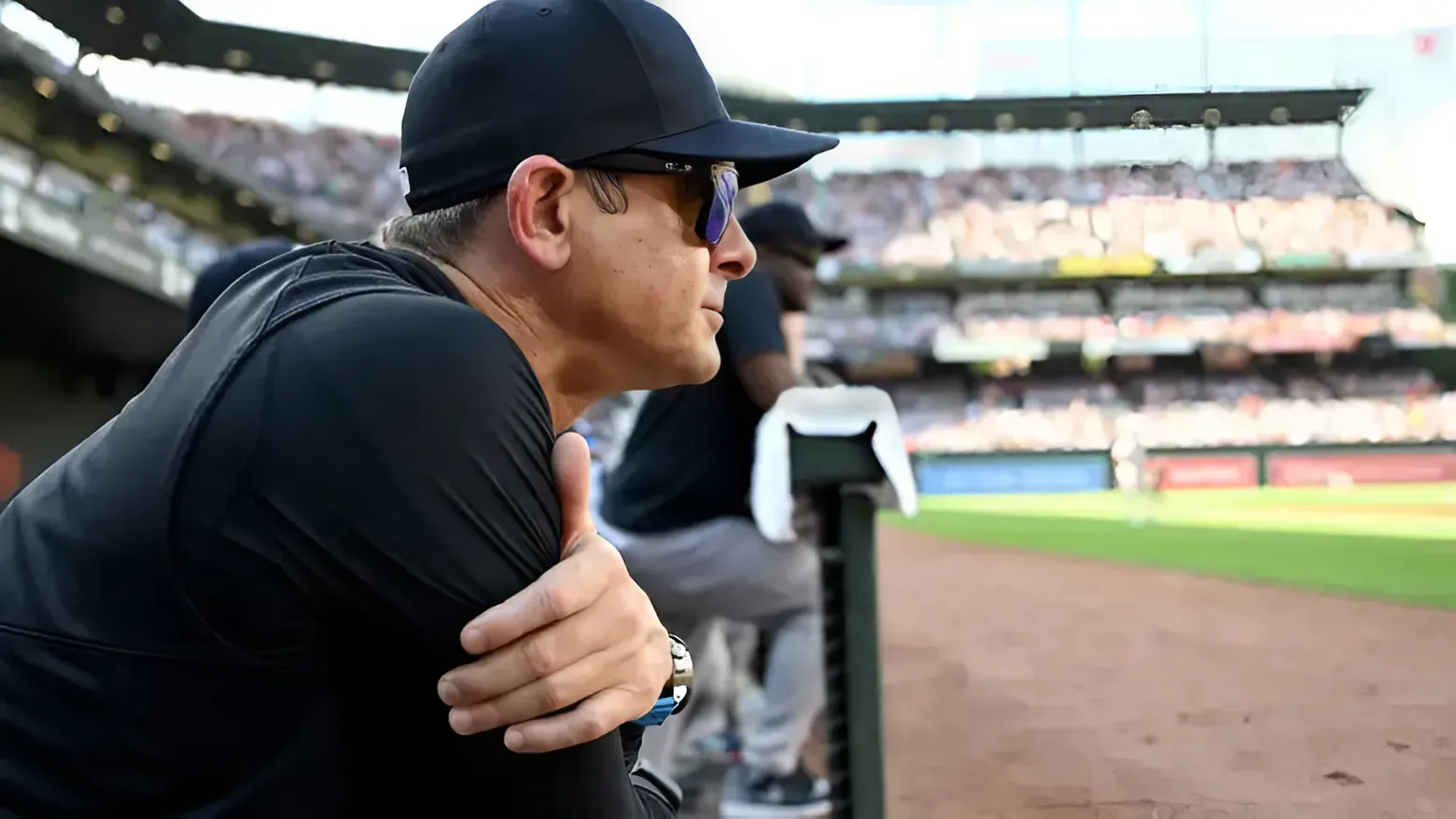The Cubs have been waiting for the type of offensive outburst that had the Wrigley Field crowd roaring for two innings late Monday night. Frankly, it was the kind of outpouring Cubs president of baseball operations Jed Hoyer has been waiting to witness as well.
“I think we've all come to the ballpark many days thinking, ‘Today's the day we'll finally break out and get things rolling,’” Hoyer said before Monday’s game against the Giants. “And it needs to happen.”
What the series-opening, 7-6 loss to the Giants put on display is the reality that Chicago’s offense -- the primary culprit behind a six-week slide down the standings -- is not the team’s only issue. The Cubs have also been aiming for order within their bullpen, which saw closer Héctor Neris surrender a game-deciding, three-run homer to Thairo Estrada in the ninth inning.
That blast undid the work of the Cubs’ offense, which struck for six runs across the sixth and seventh innings to grab a 6-3 lead. Both Michael Busch (two-run shot in the sixth) and Ian Happ (three-run blast in the seventh) delivered two-out homers. Seiya Suzuki also came through with an RBI double in the seventh to boost Chicago’s showing with runners in scoring position (2-for-4) on the night.
Those six runs were as much as the Cubs had scored in the previous 36 innings combined.
“Tonight's a night we got some big hits, for sure. And that led to runs,” Cubs manager Craig Counsell said. “It was a very good seventh inning. We put a rally together and Ian had a huge swing of the bat.”
The question is whether that rally will act as the long-awaited turning point. Hoyer has been waiting on the momentum-swinging outburst for several weeks, while weighing the underlying numbers against the surface-level results. An added factor now is the countdown to the July 30 Trade Deadline.
Roughly six weeks remain until the Deadline, but the extent of the Cubs’ persistent offensive issues (Monday’s mini flurry aside) have made that date feel increasingly important. More to the point: Can Hoyer and his front-office team get a jump on the market to boost the lineup?
“The focus on the trade market, I understand it,” Hoyer said. “But I think that the answers have to be on the field for us to get where we need to go.”
Hoyer noted that he is already exchanging calls and texts with other teams, but the state of the National League and the date on the calendar are not in alignment for serious trade talks right now.
The Cubs are one of nine teams separated by three games in the standings for the second and third NL Wild Card spots. That is a large field that needs more clarity over the next six weeks for substantive trade discussions to heat up. Any teams willing to talk shop right now would be asking for a massive prospect package in return.
“The idea of making significant transactions in mid-June is unbelievably difficult and, at times, just impossible,” Hoyer said. “I just think the focus has to be, ‘How do we get these guys going?’”
It has been well-documented that the Cubs were one of baseball’s top offenses through April 26, averaging 5.4 runs per game, while posting a 111 wRC+ overall (sixth in the NL) and a 152 wRC+ with runners in scoring position (second in NL).
Over the next 46 games, entering Monday, the Cubs were averaging 3.4 runs per game with a 84 wRC+ overall (tied for last in MLB) and a 57 wRC+ with RISP (last in MLB). In that span, Chicago was last in the Majors with a .171 average and .546 OPS with RISP. For perspective, the 29th-ranked teams had marks of .209 (Oakland) and .601 (St. Louis), respectively.
“That's the thing that probably keeps me up at night,” Hoyer said of the situational hitting.
Hoyer reiterated that one bat -- a star acquired via trade or, say, the promotion of a prospect like Owen Caissie (Cubs No. 2 prospect/No. 35 overall) -- is not going to fix all that has ailed the Cubs’ lineup. The more realistic solution in his eyes in the near term continues to be improvement from the group that is installed in the Majors right now.
“We had a really good offense last year. We had a really good offense in April,” Hoyer said. “Since then, we have not hit -- period. And no one player is going to change that. This collective group has to figure this out.”



